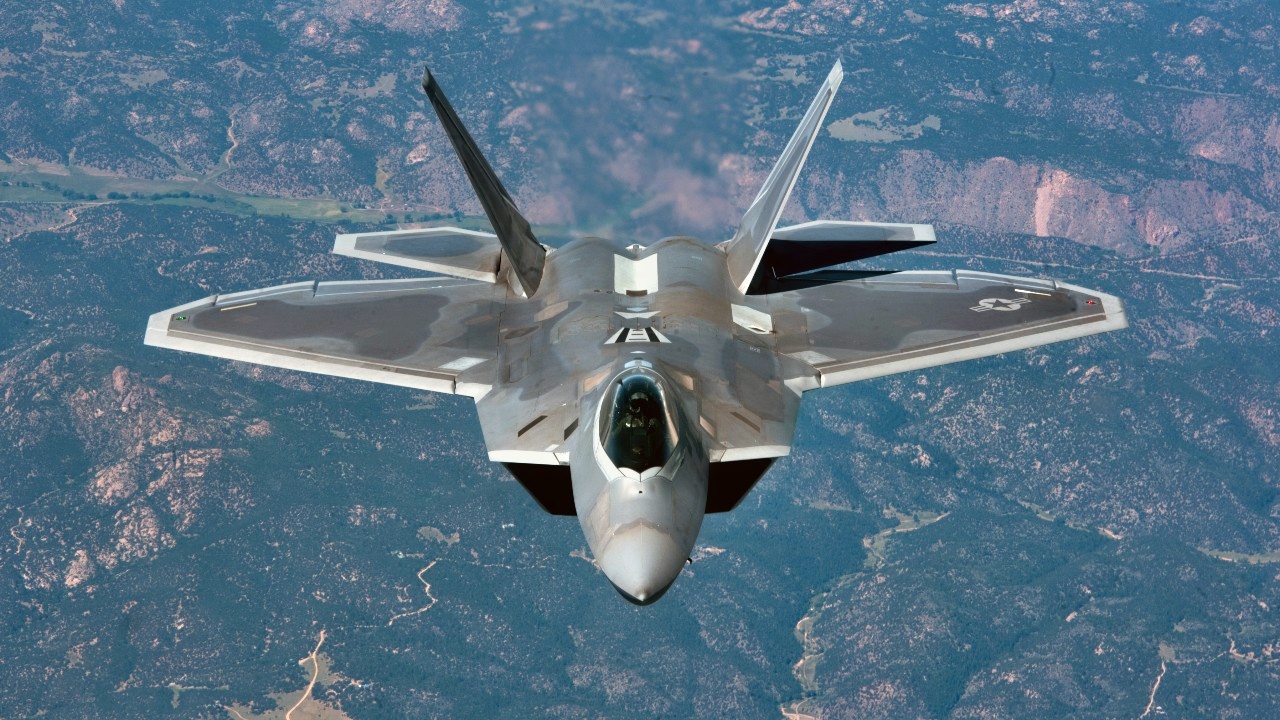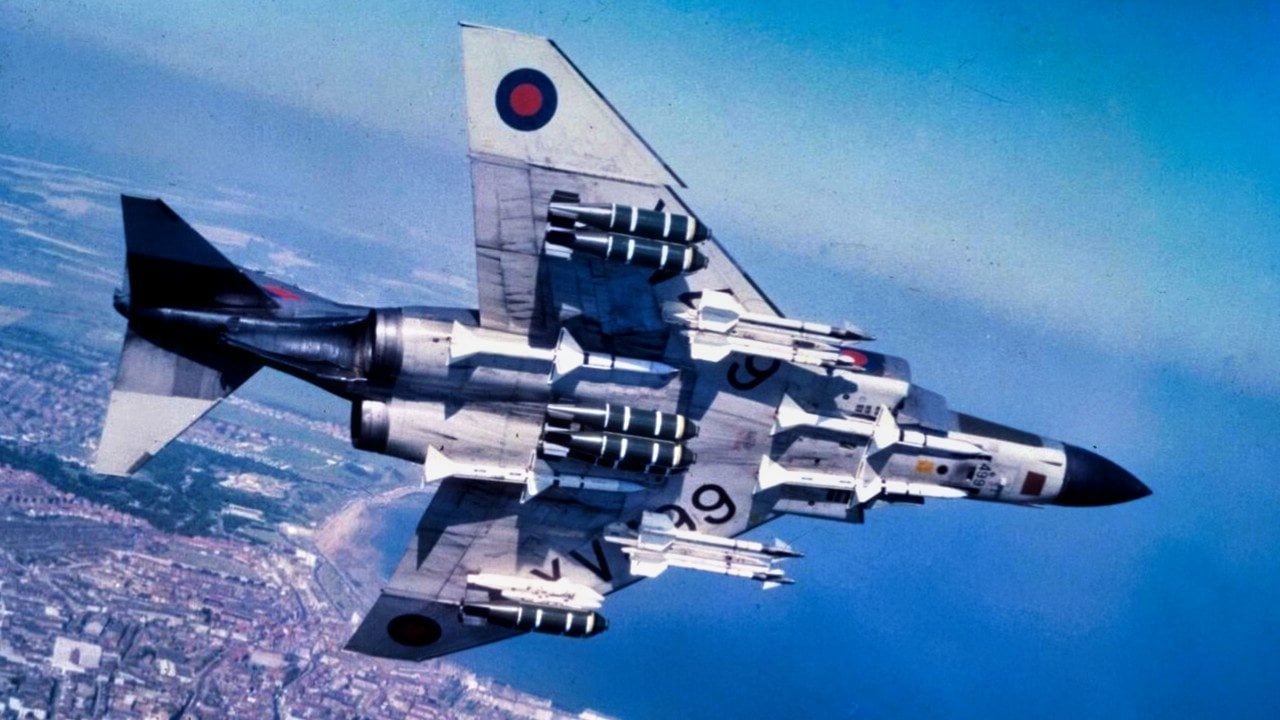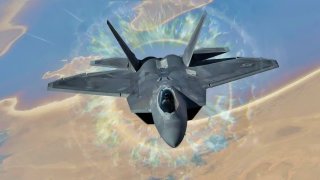F-22 Raptor: So Stealth It Can Fly Under Fighter Jets Totally Undetected
In November 2012, an American MQ-1 Predator drone was flying near Iran when two Iranian F-4 Phantoms were scrambled to intercept it. An unseen F-22 Raptor stealthily approached and warned the Phantoms to retreat, which they did.
Summary: In November 2012, an American MQ-1 Predator drone was flying near Iran when two Iranian F-4 Phantoms were scrambled to intercept it. An unseen F-22 Raptor stealthily approached and warned the Phantoms to retreat, which they did.

-The incident showcased the advanced capabilities of the F-22, an air superiority fighter, compared to the older F-4 Phantom, a versatile but aging jet used by a few nations today.
Stealthy Showdown: How an F-22 Raptor Foiled Iranian F-4 Phantoms
Many amazing moments from the history of combat aviation would make for great movies. But what happened 12 years ago between an American stealth aircraft and two Iranian fighter jets is straight out of a classic like Top Gun.
It’s November 2012. Tensions with Iran are high. Only a few months before, a joint covert U.S.-Israeli cyberattack destroyed thousands of centrifuges in one of Iran’s secret nuclear facilities, setting back the Iranian nuclear program by years.
A lone U.S. Air Force MQ-1 Predator unmanned aerial system is flying over international airspace, but close to Iran. Tehran sees an opportunity for some payback. It deploys two Sukhoi Su-25 fighter jets to take down the American drone.
But the Su-25 was designed to destroy ground targets, not slow-flying drones, so the Iranians call in the big guns – they send in the F-4 Phantom.
The U.S.-made fighter jet was sold to Iran during the reign of the Shah, before the Islamic Revolution gripped the country in its terror in the late 1970s.
The Iranian air force scrambles two F-4 Phantoms to take out the MQ-1, but the Iranian fighter jets also face trouble because of their faster speeds. While focused on the MQ-1 Predator, they fail to notice an American F-22 Raptor stealth fighter jet that sneaks underneath them. Neither the Iranian ground radar stations nor the F-4 Phantom’s onboard radars detect the American stealth fighter jet. Suddenly, the F-22 pops up next to them, and its pilot kindly recommends that the Iranians go home. They do, and the incident ends.
The F-22 Raptor is the first stealth fighter jet in the world. It remains the best air superiority aircraft out there. The F-35 Lightning II is overall a more advanced aircraft, but it specializes in many mission sets, while the Raptor’s near-exclusive focus is air superiority.

The F-22 can carry advanced munitions including AIM-120 AMRAAM radio-guided missiles and AIM-9 Sidewinder heat-seeking missiles, as well as a wide range of air-to-ground munitions. In terms of performance, the Raptor can reach speeds of Mach 2 (about 1,500 miles per hour). It has a range of approximately 1,000 miles with its internal fuel storage, and about 1,900 miles with two external wing fuel tanks.
Several decades older than its adversary that day over Iran, the F-4 Phantom was also an extremely capable fighter jet when it debuted. The aircraft came of age during the war in Vietnam and did very well in the conflict, raking up approximately 150 air kills at the loss of 42 Phantoms. The aircraft could carry an impressive 16,000 lbs of munitions.

Today, only Iran, Turkey, and Greece still fly the Phantom, and all three countries are planning its retirement. Overall, more than 5,000 F-4 Phantoms were produced.
About the Author:
Stavros Atlamazoglou is a seasoned defense journalist specializing in special operations and a Hellenic Army veteran (national service with the 575th Marine Battalion and Army HQ). He holds a BA from the Johns Hopkins University and an MA from the Johns Hopkins’ School of Advanced International Studies (SAIS). His work has been featured in Business Insider, Sandboxx, and SOFREP.
Image Credit: Creative Commons.


